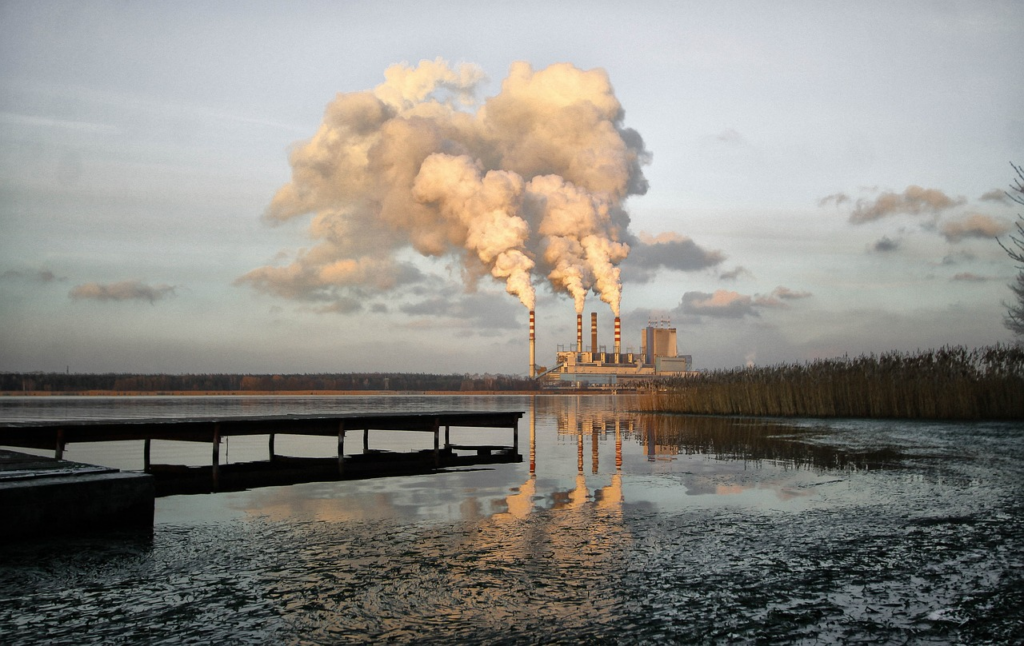Trade, travel and human livelihoods rely on railroads, automobiles, aviation and shipping. As Sphera CEO Paul Marushka notes in his book Sustainable Success: How Businesses Win as a Force for Good, “The mobility sector has an outsized impact on the environmental and social well-being of our planet.”
The vehicles for mobility — trains, planes, ships, cars and trucks — along with their corresponding industries, have transformed societies. At the heart of such groundbreaking change is the Formula for Good, a combination of expertise, technology and data. Here, we look at how this formula will improve transportation in the future with two examples from the book: shipping and railways.
Trade winds of change
For centuries, shipping has been the backbone of commerce. As the book points out, the shipping industry is still responsible for transporting 90% of world trade. However, its reliance on fuel is the highest among all transport modes and contributes to about three percent of global greenhouse gas emissions.
Tighter regulations, for example, the International Maritime Organization’s (IMO) 2020 sulfur emission limits, are pushing for greater sustainability. With fuel costs making up 60% of a ship’s lifetime expenses, there’s a clear opportunity to do better.
Reshaping maritime operations
The Formula for Good is reshaping maritime operations. Innovative digital vessel management solutions optimize routes, eliminate empty journeys and improve fuel efficiency using real-time data. These and other digital solutions help managers and executives navigate toward a more sustainable future.
Alternative fuels including natural gas and blue hydrogen offer transitional benefits. Future solutions such as green methanol and zero-carbon ammonia show exciting potential. And game-changing developments, such as ships capable of generating their own green hydrogen from seawater, may redefine what’s possible.
Revitalizing railways
In 19th-century America, railroads sparked a transformation, connecting the expansive continent and fueling economic growth. The U.S. railroad network remains the world’s longest network and a critical transporter of national freight.
For freight transport across land, railways are already more ecological than air or road. And rail technologies continue to evolve, for example, from diesel to electric-powered locomotives.
Digital advancements promise a brighter, more sustainable future for railways, especially in the United States, where travel by train shows considerable room for improvement. The Formula for Good serves as a framework for leaders on how to make railway freight and, in particular, passenger systems better.
Optimizing efficiency and safety
Thanks to technology, in the past century, railways have become more efficient, sustainable and safer. Transitioning to electric-powered trains, developing hydrogen and LNG fuels and leveraging renewable energy can further cut carbon emissions. Also, automation and real-time data can optimize scheduling and improve train frequencies.
Equipment maintenance accounts for around 40 percent of a train’s operating costs over its 35-year lifespan. Here, digital preventative maintenance programs can diagnose trains’ health and anticipate failures. Predictive spare-parts delivery ensures safe operation and helps avoid delays.
Achieving mobility for good
In summary, global shipping is striving to find sustainable sources of fuel and is harnessing data to achieve optimal routes. In the U.S. railroad industry, business leaders are investing in digital solutions to make freight transport and train travel safer, more efficient and more sustainable.
Whether rail, road, air or the world’s waterways, the opportunity is clear. History shows that the cycle of disruption, innovation and progress often leads to positive change. In the transportation sector, it is up to visionary leaders to turn the potential of mobility for good into reality.
Sustainable Success now available!
Lead transformational change in your industry with Sustainable Success by Paul Marushka, sustainability business leader. The book uses historical examples and fascinating anecdotes to provide an in-depth look at how businesses win as a “Force for Good.” Most importantly, Marushka offers his insights and expertise to guide business leaders on balancing the demands of customers, employees and shareholders with the pressing needs of our environment.





